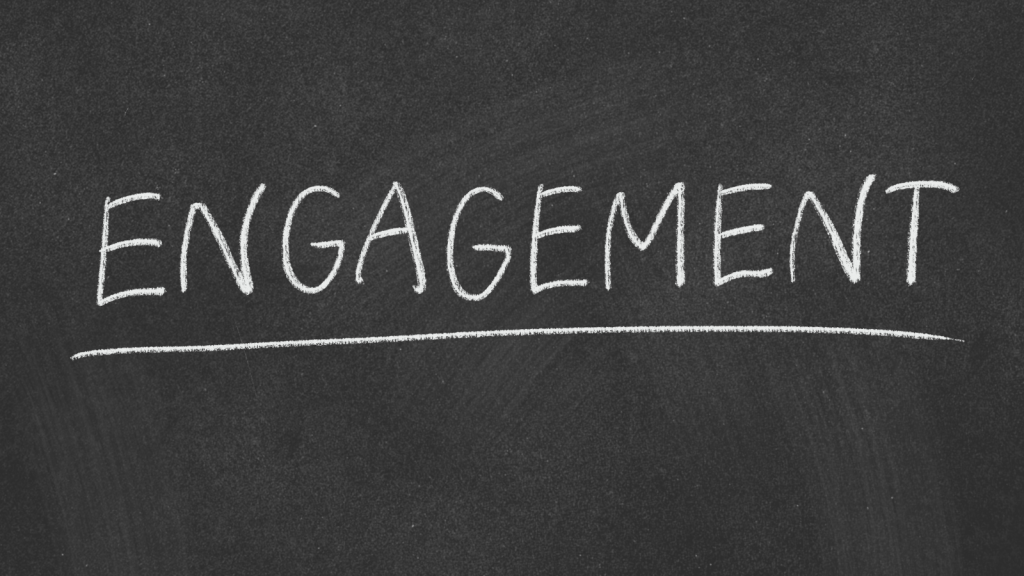You’ve spent hours crafting the perfect post. You hit publish, sit back, and… crickets.
Meanwhile, your competitor’s post is blowing up with likes, shares, and comments. What’s their secret?
It’s not just what they say—it’s how they show it.
Social media is a visual battleground. If your graphics don’t grab attention in half a second, you’ve already lost. But don’t worry—I’m about to share the untold design secrets that’ll make your content irresistible.
1. The 0.5-Second Rule: Why Most Graphics Fail
Imagine this:
You’re scrolling Instagram. A post stops you mid-thumb. Why?
-
Bold colors?
-
A face staring right at you?
-
A question you must answer?
That’s the 0.5-second rule. If your graphic doesn’t hook instantly, it’s invisible.
Pro Trick: Use high-contrast colors (like black & neon) or unexpected imagery (a cat wearing sunglasses?) to disrupt the scroll.
2. The “Pause & Read” Formula
Meet Sarah, a fitness coach. She posts workout tips but gets no engagement. Then she tries this:
✅ Before: “5 Exercises for Stronger Abs” (Plain text on a white background)
✅ After: *”Do THIS for 10 Minutes = Flat Stomach (No Gym!)”* (Red text on black, with a shocked emoji)
Result? 3x more likes and shares.
Why? Her graphic triggered curiosity and urgency.
NLP Hack: Use power words like:
-
“Secret”
-
“Instantly”
-
“Warning”
-
“Free”
These words subconsciously force engagement.
3. Faces Beat Logos (The Neuroscience Secret)
A study found that posts with human faces get 38% more likes.
Here’s why:
Your brain is wired to connect with eyes and expressions.
Try This:
-
Use close-up faces with emotion (smiling, surprised, intense).
-
Overlay text near the face to guide attention.
Example:
-
A bakery posts a chef holding a cake with the text: “This recipe got me FIRED… then famous.”
Boom—engagement magnet.
4. The “Finger Test” (A Designer’s Secret Weapon)
Hold your phone at arm’s length. Can you read the text in your graphic?
If not, neither can your audience.
Mobile-optimized design rules:
-
Font size: Minimum 30px for body text.
-
Hierarchy: Big headline → medium subtext → small details.
-
White space: Don’t cram—let it breathe.
5. The “Mystery Box” Effect (Why People Click)
Remember Lost or Stranger Things? They hooked you with unanswered questions.
Do the same with graphics.
Example:
❌ “Our new course is live!”
✅ “This one mistake cost me $10,000… (Slide to see how I fixed it)”
The second one forces interaction.
6. The “3-Color Rule” (How to Look Pro Without a Designer)
Too many colors = chaotic.
Stick to:
-
Primary color (brand color)
-
Secondary color (contrast)
-
Neutral (white, black, gray)
Example:
-
Headline: Bold pink
-
Subtext: White
-
Background: Dark blue
Clean, branded, and eye-catching.
7. The “Silent Video” Hack
Did you know? 85% of Facebook videos are watched without sound.
So design graphics that work muted:
-
Add captions.
-
Use animated text.
-
Keep it under 7 seconds.
8. The “Engagement Bait” Trick (Without Being Cringey)
People engage when you ask them to. But do it smartly.
✅ Good: “Tag someone who needs to see this!” + funny meme
❌ Bad: “Like if you agree!” (Too generic)
Advanced Move:
-
“Comment ‘YES’ if you’ve done this!”
-
“Which one is you? “ (With two funny options)
Final Thought: Test, Track, Repeat
Not every graphic will go viral. But track what works:
-
Which colors get more saves?
-
Do faces or text-only posts perform better?
-
What time do your graphics get the most shares?
Social media is a lab—keep experimenting.
Your Turn: Stop the Scroll
Next time you design a graphic, ask:
✔️ Does it stop me in 0.5 seconds?
✔️ Does it trigger emotion or curiosity?
✔️ Is it mobile-friendly?
If yes, you’re about to see engagement like never before.
Now go—create something that forces the double-tap.

